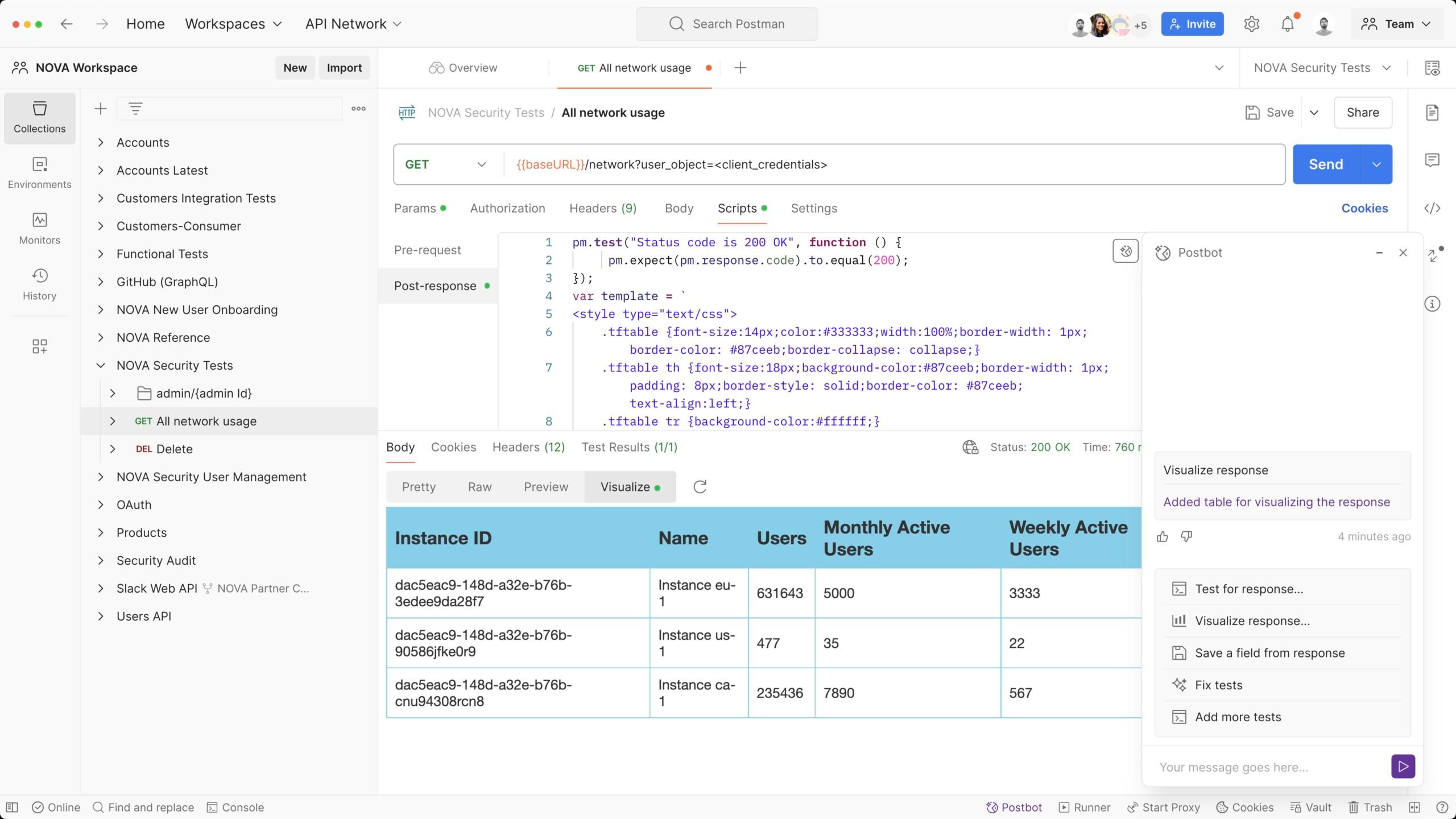Postman today generally made available a generative artificial intelligence (AI) tool for its platform for building and managing application programming interfaces (APIs) that automatically creates tests and documentation.
Announced at a POST/CON 2024 conference, Postbot is included with version 11 of the Postman platform which also adds workspaces that make it simpler for software engineering teams to collaborate.
Postman CEO Abhinav Asthana said the overall goal is to improve the quality of the APIs being developed while at the same time reducing the level of friction that occurs as APIs are developed and updated.
Developers are already making extensive use of AI tools to write code, but Postman is using a combination of open-source large language models (LLMs) and LLMs from Open AI and Microsoft to automatically generate tests and documentation based on the data its platform collects. In addition to making it easier to create API tests using a conversational interface, the overall quality of those tests will improve using LLMs specifically trained using Postman data, noted Asthana.
Developers Need to Rely on AI Tools
That’s critical because the ratio between developers and the number of services that expose APIs is much too high, said Asthana. Developers will need to rely more on AI tools to create and manage APIs as the number of services they are expected to manage continues to steadily increase.

It’s not always clear who within organizations is managing APIs. Developers undoubtedly create APIs, but the management of APIs might be assigned to a DevOps team. As more organizations embrace platform engineering as a methodology for managing DevOps workflows at scale the more likely it becomes APIs will be managed centrally.
Ultimately, the rise of microservices-based applications has dramatically increased the number of APIs that need to be managed. APIs play a crucial role in making data available externally to other applications. However, the bulk of APIs being created today are for integrating all the microservices that make up a modern application environment. Those largely internal APIs are increasing at a pace that makes it challenging for individual developers to manage at scale. As a result, many organizations now have a significant API change management challenge, noted Asthana.
Each organization will need to determine to what degree the management of microservices is sustainable. Rather than getting caught up in philosophical debates, many organizations are deploying a mix of microservices alongside monolithic applications that also expose an API. In effect, monolithic applications are becoming large microservices. Regardless of approach, the number of APIs, including rogue and zombie APIs that organizations either didn’t realize were built or have simply been forgotten, is dizzying. In many ways, APIs in the absence of a management framework quickly become too much of a good thing.
There are multiple ways to manage APIs but the one thing that is critical to remember is the approach taken needs to integrate well with the tools used to create those APIs in the first place.





